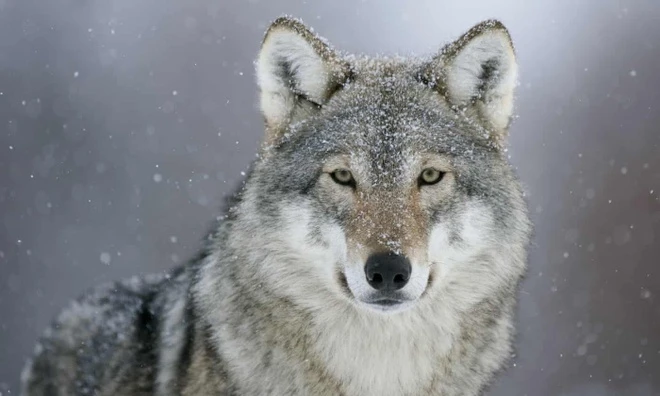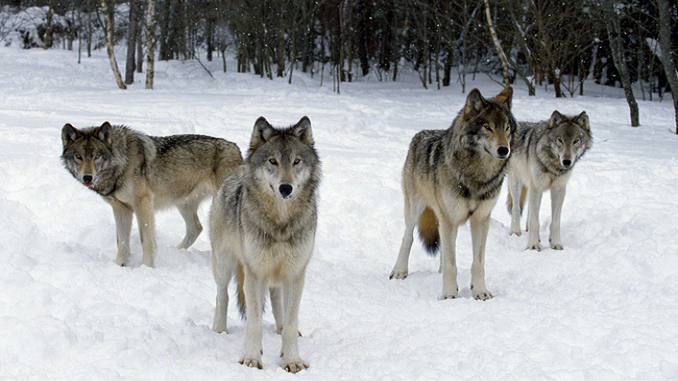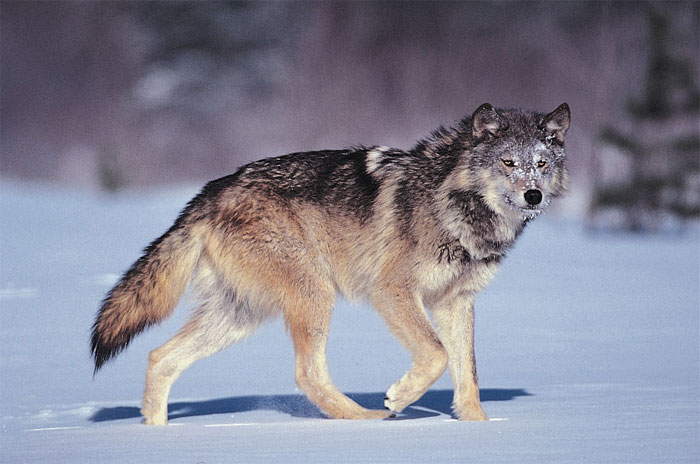Wolves, often considered the quintessential symbol of the wild, embody a powerful fusion of majestic beauty and fierce survival instincts. These remarkable creatures belong to the Canidae family, sharing kinship with other canids like domestic dogs, foxes, and coyotes. In many cultures, wolves are viewed with a mix of reverence and fear, and their role in various ecosystems exemplifies their ecological significance. This blog post delves into the fascinating biology and behavior of wolves in the wild, offering insight into their social structures, hunting methods, communication techniques, and environmental adaptations.
The Biology of Wolves
Taxonomy and Physical Characteristics
Wolves are classified scientifically under the genus Canis, with their most recognized species being the gray wolf (Canis lupus). Other species include the red wolf (Canis rufus) and the Ethiopian wolf (Canis simensis). Gray wolves are the largest members of the canid family, with adult males typically weighing between 70 to 110 pounds and females slightly smaller. Their physical adaptations include long legs for endurance, large paws that support their weight on snow, and a thick double coat that provides insulation in harsh climates. Their coloration varies widely, encompassing shades of gray, brown, black, and white, which serve both camouflage and social functions.
Sensory Abilities
Wolves possess extraordinary sensory capabilities that play a crucial role in their survival. Their sense of smell is famously acute, with olfactory receptors that surpass those of domestic dogs; wolves can detect scents from several miles away, allowing them to locate prey, identify territory, and communicate with other wolves. Their keen eyesight is adapted for low-light conditions, enabling them to be effective hunters at dawn and dusk—peak activity times for many prey species. Additionally, wolves have excellent hearing, capable of picking up frequencies beyond human capability, which aids them in detecting both prey and potential threats.
Reproductive Biology
Wolves are monogamous within their packs, and breeding usually occurs between late January and early March. A typical litter comprises four to six pups, born blind and dependent on their mothers for survival during the initial weeks of life. The social structure of the pack plays a vital role in rearing the young. Both parents, along with other pack members, engage in nurturing and protecting the pups. As they grow, the young wolves learn essential survival skills, including hunting techniques and social hierarchies, necessary for their successful integration into the pack.
Social Structure and Behavior
Pack Dynamics
Wolves are inherently social animals, living in family groups known as packs. A pack can range from two to more than twenty individuals, although most consist of five to ten. The pack typically comprises an alpha male and female, their offspring, and occasionally non-breeding adults. The alpha pair is responsible for leading the pack and making decisions regarding hunting and territory defense. The complex social structure of the pack is maintained through a combination of hierarchy and cooperative behavior, with clear roles established among members to facilitate group cohesion.
Territoriality
Wolves are territorial animals, and their packs maintain well-defined territories that can span hundreds of square miles. Territorial boundaries are marked using scent markings—urine and feces—along with vocalizations such as howls. These vocalizations serve multiple purposes, including warning neighboring packs of their presence and coordinating activities within the pack. Territorial disputes can arise between packs, and these confrontations, while often characterized by displays rather than physical altercations, serve to maintain the balance of wolf populations within an ecosystem.
Communication
Wolves utilize a complex array of vocalizations, body language, and even scent marking to communicate with one another. Howling is one of the most iconic forms of wolf communication, serving to unite pack members, signal their location, and reinforce territory claims. The pitch, tone, and duration of a howl can convey different messages. In addition to vocalizations, wolves communicate through body language, displaying various postures and movements to express submission, dominance, or interest.
Hunting and Feeding Behavior
Prey Selection and Hunting Strategies
Wolves are apex predators, primarily hunting large ungulates such as deer, elk, and moose. Their hunting strategy is characterized by cooperation and coordination within the pack, enabling them to take down prey that may be significantly larger than themselves. Wolves often rely on endurance over short bursts of speed, chasing their prey over long distances to exhaust them. The lead wolf’s experience plays a crucial role in determining the hunting route and tactics used during the pursuit.
Scavenging and Opportunistic Feeding
While wolves are skilled hunters, they are also opportunistic feeders and will scavenge when the opportunity arises. They utilize their strong sense of smell to locate carrion, feeding on the remains of dead animals or the leftovers from other predators. In this way, wolves contribute to the ecosystem by helping to recycle nutrients and maintaining the health of their environment.
Social Feeding Behavior
Wolves display a unique social structure around feeding. When a successful hunt occurs, the dominant individuals typically eat first, followed by subordinates and pups. This hierarchical feeding behavior reinforces social bonds and maintains order within the pack. The process of eating together strengthens relationships among pack members and fosters cooperation during future hunts.
Adaptations to the Environment
Habitat Preferences
Wolves are highly adaptable animals, inhabiting a range of environments from arctic tundras to temperate forests and grasslands. Their ability to thrive in diverse habitats is a testament to their ecological versatility. Wolves prefer areas that provide ample prey, sufficient cover for hunting, and space away from human disturbances. This habitat preference is crucial for their survival and reproduction, as it dictates their ability to find food and establish territories.
Seasonal Adaptations
Wolves also exhibit seasonal adaptations to cope with their environments. In colder climates, they grow thicker fur that insulates them against frigid temperatures. During scarce food periods, such as harsh winters, wolves may alter their hunting strategies or expand their range to find available prey. These adaptations are vital for their survival in the face of changing ecological conditions.
>>> Read more: Why Golf Is An Increasingly Popular Sport Around the World
The biology and behavior of wolves in the wild illustrate a complex interplay of physical adaptations, social dynamics, and survival strategies. As apex predators, wolves play a critical role in maintaining the health of their ecosystems, from regulating prey populations to promoting biodiversity. Understanding the behavior and ecology of wolves not only enriches our knowledge of these remarkable animals but also emphasizes the importance of conservation efforts to protect their habitats and ensure their continued survival in the wild. As we navigate the challenges of a rapidly changing world, fostering respect and understanding for these iconic creatures can lead to a more harmonious coexistence, underpinning the fundamental role wolves play in the natural world.




